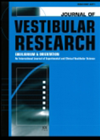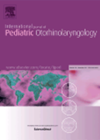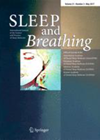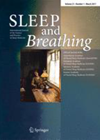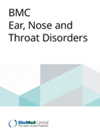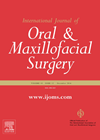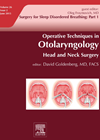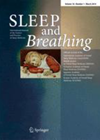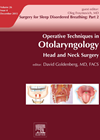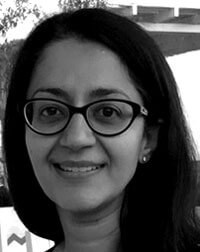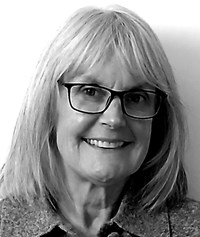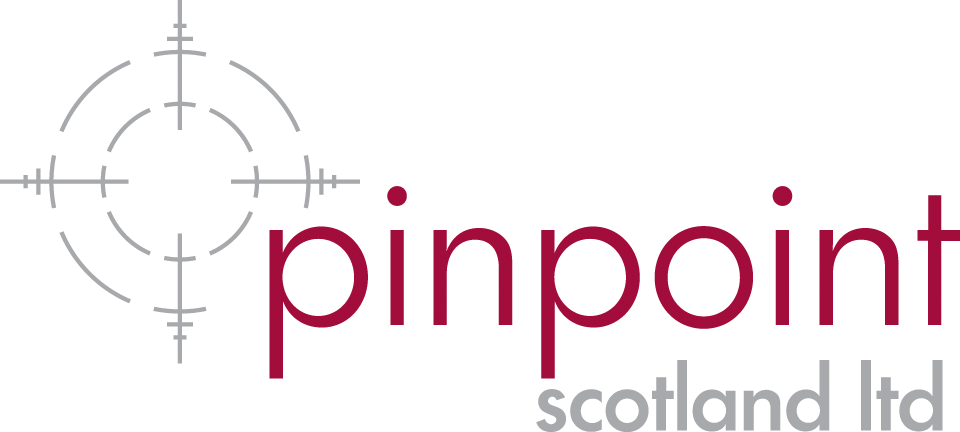
Journal Reviews
The effect of vertigo on sleep
The authors analysed data of 20,950 individuals who completed the balance and dizziness supplements of the ongoing NHIS survey in 2008. The survey used a strict algorithm to identify individuals reporting vestibular vertigo and information on sleep duration and a...
Predicting postoperative respiratory complications following paediatric adenotonsillectomy
This systematic review aimed to compare the presence of clinical features versus the polysomnography results in predicting major postoperative respiratory complications in children undergoing adenotonsillectomy for OSA. The study was prepared according to the PRISMA checklist. Overall 22 studies met...
Can telemetry predict sleep apnoea in Pierre Robin sequence?
The aim of this study was to see if telemetry data gathered on patients with Pierre Robin sequence (PRS) correlated with sleep study data. A retrospective review of 46 patients from a tertiary referral centre were included in the study....
How useful is AHI?
There is a growing unease in the sleep medicine world about the usefulness of the apnoea-hypopnoea index (AHI). Most of our objective evidence about obstructive sleep apnoea (OSA) is in some way related to the AHI, and the respiratory physicians...
Polysolmnography and laryngomalacia severity
Laryngomalacia represents the single most common cause of stridor in infants. Most cases are self-resolving, but a proportion of children will require surgical intervention. This group aimed to analyse the efficacy of polysomnography in determining the severity of laryngomalacia in...
The sleep nasendoscopy learning curve
There seems to be no accepted way of surgically assessing patients with sleep disordered breathing (SDB). Because of this, clinicians fall roughly into three camps: those who just use one operation for all patients, those who have given up surgery...
Comparison of outcomes after septoplasty
For this prospective study, the authors assessed the quality of life (QoL) with the rhinosinusitis SNOT-20 (Sino-Nasal Outcome Test-20) questionnaire and the symptoms on a visual analogue scale (VAS) in all patients undergoing nasal septal surgery. The patients reported the...
Surgery for class III malocclusions pharyngeal airway and sleep apnoea effects
Thirty-three patients from Brazil were assessed for obstructive sleep apnoea and hypopnoea syndrome pre- and six months postoperatively. The 33 patients were made up of nine having mandibular set back surgery, six maxillary advancement and 18 bi-maxillary surgery. They identified...
Describing the most useful OSA assessment?
This article sets out to comprehensibly describe drug induced sleep endoscopy and its role in determining the level of obstruction in patients with OSA. The advantages described include the fact that other techniques, including Muller’s manoeuvre, have significant variation in...
Surgical options for children with OSA
This paper looks at the surgical management of OSA in children and approaches the method of patient selection initially. They discuss the role of polysomnography in that it is part of the AAOHNS criteria in those patients with OSA symptoms...
Outcome of TORS to tongue base and epiglottis in patients with OSA intolerant of conventional treatment
The use of transoral robotic surgery (TORS) in ENT is rather controversial, but the use of robotic surgery for obstructive sleep apneoa (OSA), makes it doubly so. Previous studies on TORS in OSA have been performed with other types of...
Stimulation for a good night’s sleep
This article was an interesting read. It is an update from the authors’ original paper printed in the NEJM in 2014 regarding the results of an implantable pulse generator (IPG) for stimulating the hypoglossal nerve in response to respiration. This...

